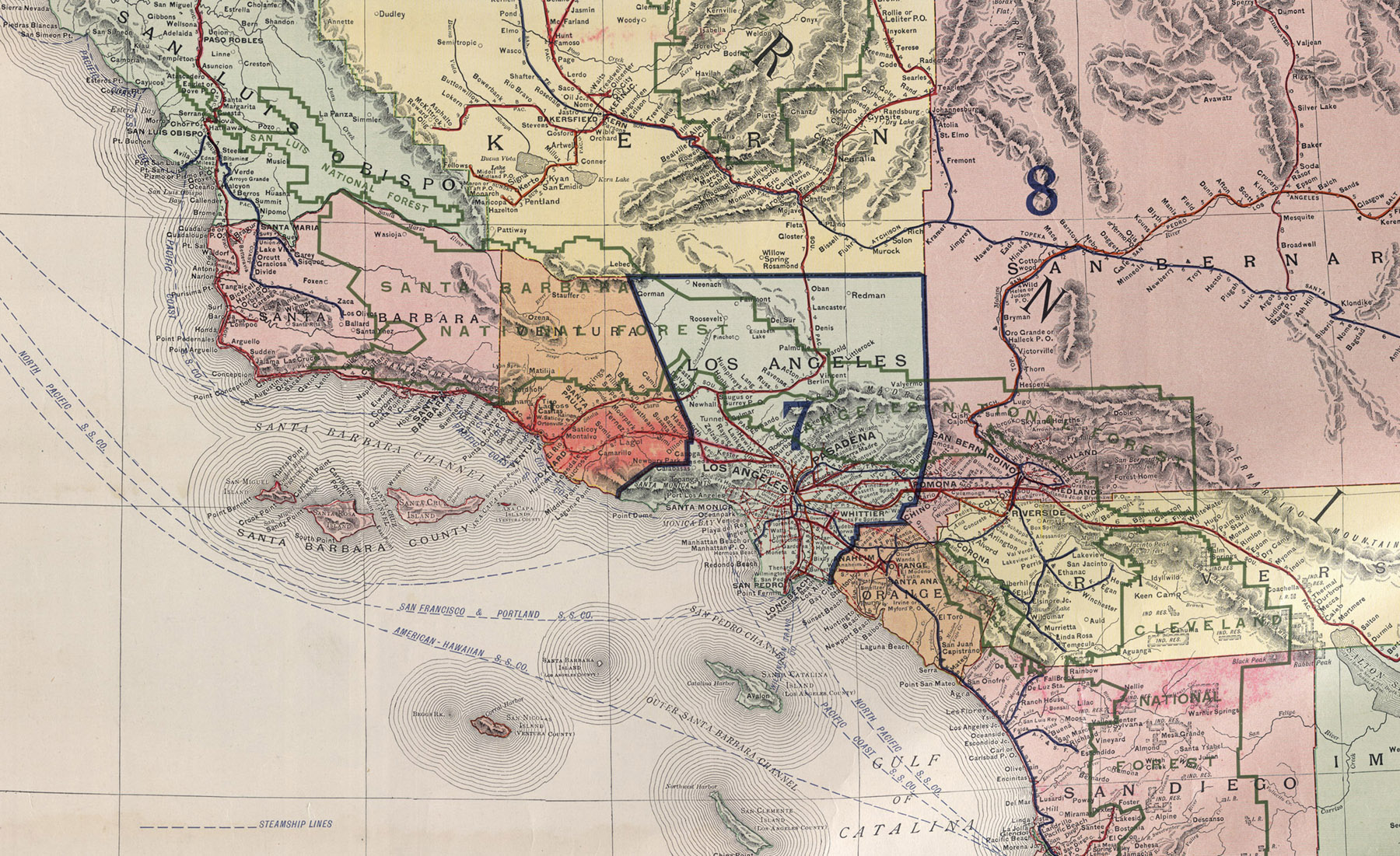
#352 Kelso Dunes
Kelso Dunes in the Mojave National Preserve are one of the largest (45 square miles) and tallest (700 feet) sand dunes in the North America. They are considered young created in the last 25,000 years by climate change and are often called the 'Singing Dunes' for the booming noise created by sliding sands. Run down a dune and listen for the rumble. A moderate 3 mile round-trip trail takes you to the top of the highest dune and is perfect for solitude seekers.
#347 Moorten Botanical Garden
Moorten Botanical Garden and Cactarium has been a Palm Springs tradition since 1939. This one acre garden packs in 3,000 desert cacti from around the globe including North American Deserts: Mojave, Sonoran, Chihuahuan, Great Basin & Colorado Plateau as well as Mexico, Africa and South America. Enjoy the wonderful mirage of cacti along its stunning trails.
#336 Wind Wolves Preserve
Wind Wolves Preserve is the largest non-profit preserve on the west coast at 93,000 acres. The Transverse & Coast Ranges, Sierra Nevada, Mojave Desert and San Joaquin Valley all meet to create one of the most ecologically diverse regions in the country. Protected by the Wildlands Conservancy, the preserve is free and open to the public for all to enjoy. Visit in the Spring when the golden hills turn a brilliant green and burst with wildflowers.
#334 Vasquez Rocks Natural Area Park
Vasquez Rocks Natural Area is a 932 acre park outside of Santa Clarita in the Sierra Pelona Mountains. Located along the San Andreas Fault, these sandstone rocks were formed 25 million years ago. Tataviam Native Americans lived in grass hut villages here and considered the site sacred. The rocks were named for Tiburcio Vasquez, a notorious bandit who used the area as a hideout in 1874. Hollywood has filmed here since the 30's including The Flintstones, Star Trek and Planet of the Apes.
#314 Elmer's Bottle Tree Ranch
Bottle Tree Ranch is a famous stop along California's Route 66. These stunning bottle trees were constructed by Elmer Long using found objects collected with his Dad over the years. Upon arranging bottles onto poles, Elmer noticed the mirage of colors projected by the sun shining through so created 200 more. Visit at sunset when the colors and shadows are their most vibrant.
#305 Keys View
Keys View offers a stunning panoramic vista of the desert from Joshua Tree National Park. Located on the edge of the Little San Bernardino Mountains, endless views of Palm Springs, the Coachella Valley, San Jacinto Peak, San Andreas Fault, Salton Sea and Mexico on a clear day can all be enjoyed from this must-see point.
#296 Antelope Valley Poppy Reserve
The Antelope Valley Poppy Reserve is a Spring wildflower showstopper. Located in the Mojave Desert outside of Los Angeles, poppies carpet rolling hills to create a stunning mirage of orange. Bloom is generally February through May though can vary each season depending on winter rains. One look of at the massive fields of California's State Flower will be an experience you will never forget.
#295 Cima Ghost Town
Cima is a ghost town located in the Mojave National Preserve. Founded in 1900 with the opening of a store and later post office in 1905, H.C. Gibson's made the town famous because he did not pump gas for his customers making this the original self-service station. The Union Pacific Railroad passes the lazy town each day on its historic route. Cima is also the heart of the largest and densest Joshua Tree grove on Earth.
#290 Noah Purifoy Outdoor Desert Art Museum
The Noah Purifoy Outdoor Desert Art Museum is a sculptural museum in Joshua Tree. Noah Purifoy was an artist born in Alabama but spent most of his working life in California. He was the first African American to attend the Chouinard Art Institute in Los Angeles and graduated with a BFA in 1956. He used debris and found objects from the desert to sculpt over 100 mesmerizing art installations created during his final years from 1989 to 2004.
#274 Wonderland of Rocks
Wonderland of Rocks features 12 square miles of amazing granite rock formations at Joshua Tree National Park. These monzogranite rocks formed 100 million years ago when molten liquid heated and traveled up from the Earth's crust. As the landscape changed to desert, flash floods caused the ground to wash away exposing rocks that piled into stacks of fascinating arrangements. This wonderland can be accessed from Barker Dam and Indian Cove trails.


























